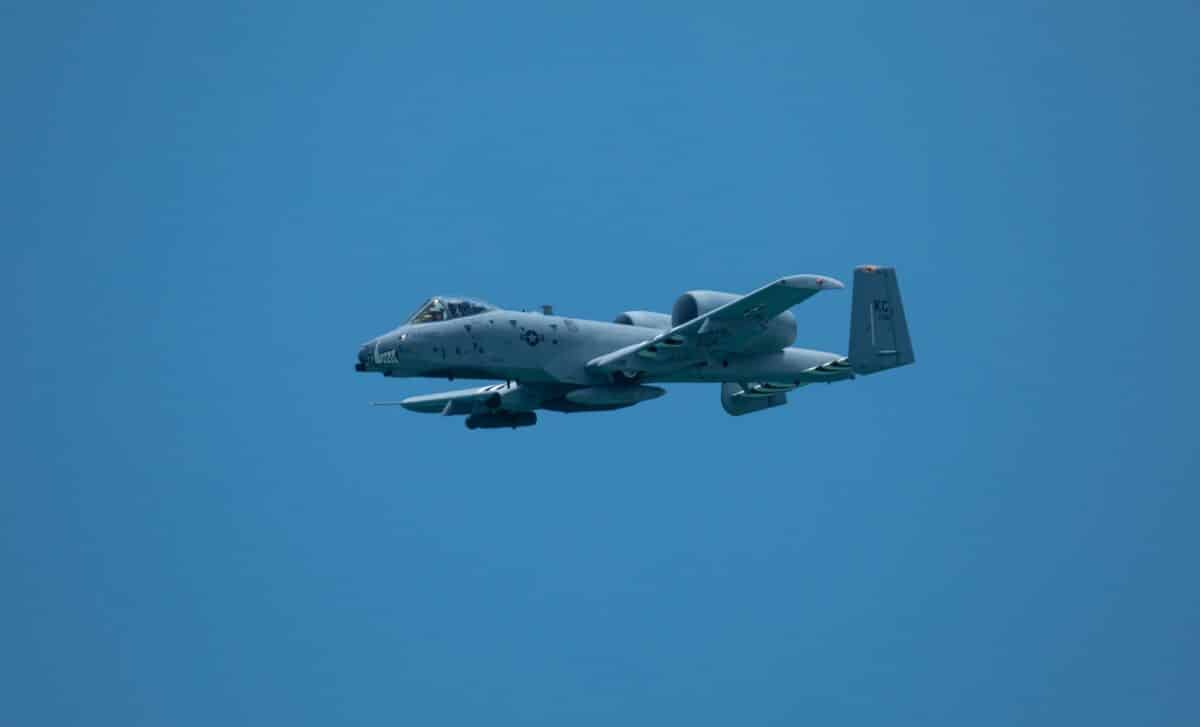The US Air Force has unveiled a significant shift in its aircraft strategy under the 2026 spending plan, revealing plans to retire its entire fleet of A-10 Warthogs and cancel the E-7 Wedgetail program. The decision to phase out these aircraft aims to free up funds for future technological advancements, although it could face challenges from lawmakers who have long supported the A-10’s continued service.
As shared by Defense News, under the 2026 budget, the Air Force will retire 340 aircraft, including the A-10, which has been a staple in close air support missions for decades. Additionally, the cancellation of the E-7 Wedgetail program reflects ongoing concerns about rising costs and the changing nature of aerial warfare. These moves are part of a broader restructuring to ensure the Air Force can maintain readiness while modernizing its fleet.
8 Spectacular Night Sky Events This July That You Won’t Want to Miss
A-10 Warthogs Out of Service
The decision to retire the A-10 Warthog fleet in fiscal 2026 marks a dramatic acceleration of the Air Force’s previous plans. While the service had intended to phase out the aircraft by the end of the decade, the current proposal will expedite its retirement.
The A-10, long favored for its durability and firepower in ground support roles, has faced significant opposition from lawmakers who argue it remains essential for certain combat situations. Nevertheless, the Air Force has maintained that the A-10’s age and limited versatility make it unsustainable for future missions, with a total of 162 Warthogs set for retirement.
This decision is part of a broader effort to modernize the Air Force, including the retirement of various older aircraft. In addition to the A-10s, the service also plans to retire F-16s, F-15s, and C-130s, as part of its goal to reduce reliance on outdated platforms. According to the Pentagon, these cuts will allow for a more agile, technologically advanced fleet moving forward.
E-7 Wedgetail Program Cancelled
The US Air Force’s cancellation of the E-7 Wedgetail program underscores growing concerns over cost overruns and the aircraft’s ability to operate in a contested environment. Initially expected to provide airborne battle management capabilities, the E-7’s price tag increased significantly from $588 million to $724 million, prompting the cancellation. According to a senior Air Force official, there were also doubts about the aircraft’s survivability in the face of modern threats.
With the E-7’s cancellation, the Air Force is pivoting toward alternative solutions, including enhanced reliance on space-based assets and additional Northrop E-2D Hawkeye aircraft for airborne surveillance. The cancellation of this program marks a significant shift, as the E-7 had long been seen as the successor to the aging E-3 Sentry AWACS aircraft.
Shifting Priorities for the Air Force Budget
The proposed 2026 budget for the Air Force includes a focus on future technologies and capabilities. While the cuts to older aircraft are a central component of this strategy, there is a clear push towards enhancing the Air Force’s readiness for future threats. This includes significant investments in the B-21 Raider, a stealth bomber capable of carrying nuclear weapons, and the F-47 fighter, a new air superiority platform currently under development.
Funding for the F-35 Joint Strike Fighter, meanwhile, will be reduced as part of a strategic shift. The Air Force will procure 47 of the jets in 2026, down from 74 in 2025, with funds redirected towards maintaining existing aircraft and ensuring the Block 4 upgrades for the F-35 remain on track. In addition, the Air Force’s drone program, known as Collaborative Combat Aircraft, will see a boost in funding, reflecting the growing importance of unmanned systems in modern warfare.
The budget also includes funding for the development of hypersonic weapons and other next-generation technologies, as the Air Force continues to prioritize innovation and modernization to meet evolving security challenges. According to the Pentagon, these moves are aimed at ensuring the US Air Force remains a dominant force in global air power for years to come.








